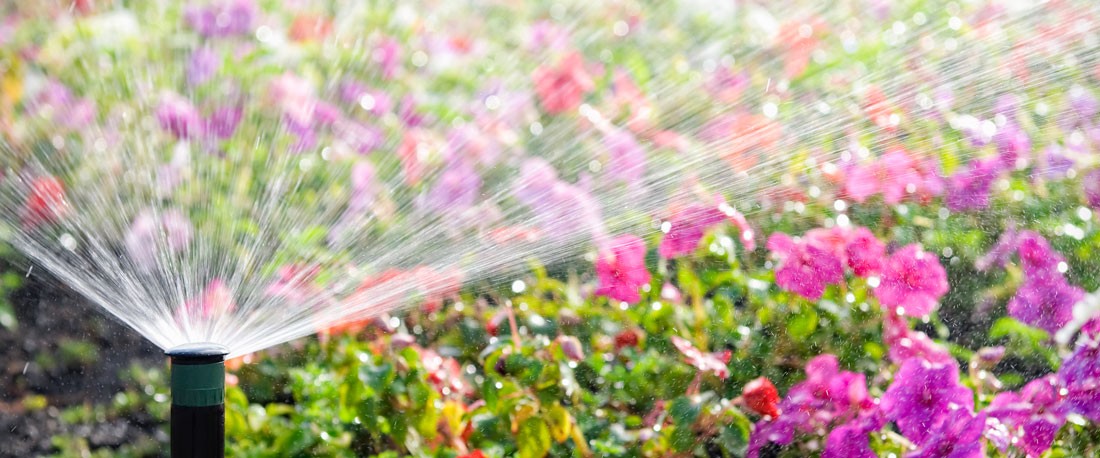
Check out these simple tips to save water and help save money on your monthly bill.
At home
- Monitor your water usage on your monthly water bill. An unusual spike in use could indicate a broken pipe or leak.
- Turn off the faucet while brushing your teeth.
- Wait until you have a full load before running the washing machine or dishwasher.
- Install a low flow shower head and faucet aerators.
- Fix leaks.
- Install a dual flush or low-flow toilet.
For your lawn and garden
- Water your lawn and garden in the morning or late in the evening to help water reach the plants’ roots (otherwise most of the water will evaporate).
- Install a rain sensor on your sprinkler system and don’t overwater your lawn or water during periods of heavy rain.
- Plant native bushes and ground cover, which are adapted to the area and require less water than grass and non-native species.
- Apply mulch around shrubs and flower beds to reduce evaporation, promote plant growth and control weeds.
Detecting water leaks
Water leaks may impact your water bill significantly, and even worse: cause catastrophic damage to your home or business. Here are some tips for detecting water leaks:
- Monitor your water bill. An unusual spike in your water usage (if you haven’t been using more water) could indicate a broken pipe or leak.
- If you hear water moving through your plumbing even though water sources such as toilets, showers, the washing machine or dishwasher are not in use, you may have a leak or broken pipe.
- Check your water meter. Your meter is usually located under a cover (similar to a manhole cover) near the street or on the side or back of your house near the water supply line.
How to check for leaks
- Turn off all faucets in your home. Make sure the dishwasher and washing machine aren’t in use.
- Write down the numbers you see on your water meter. Check the numbers again an hour later. If the numbers change, you have a leak.
Look for leaks
- Under all sinks.
- Around the base of bathtubs, toilets and showers.
- Under your hot water heater, dishwasher and washing machine.
- If you see any puddles, turn off the water supply to the appliance or fixture and call a plumber.
If you suspect your toilet is leaking
- Add 12 drops of food coloring into the tank.
- If the color appears in the bowl an hour later, the toilet has a leak.
- If the flapper (rubber stopper inside the tank) is old and brittle, replacing it may fix the problem. If you’re handy, you may be able to replace it yourself.
Use leak detectors
Leak detectors are small, inexpensive battery-powered electronic devices, available from home improvement and big box retailers, can alert you to a problem early, saving you from costly damage to your home.
- Place under toilets and sinks or near hot water heaters and other appliances.
- Leak detectors work by emitting a long-lasting, piercing alarm when in contact with water.